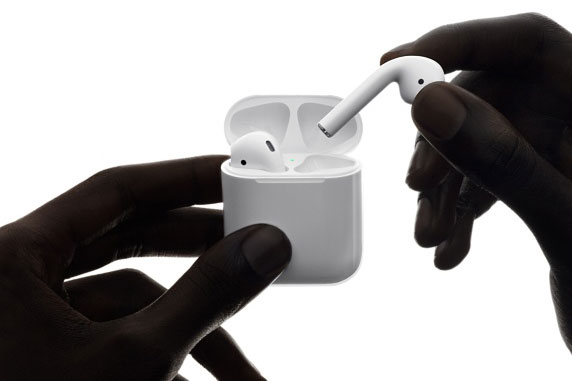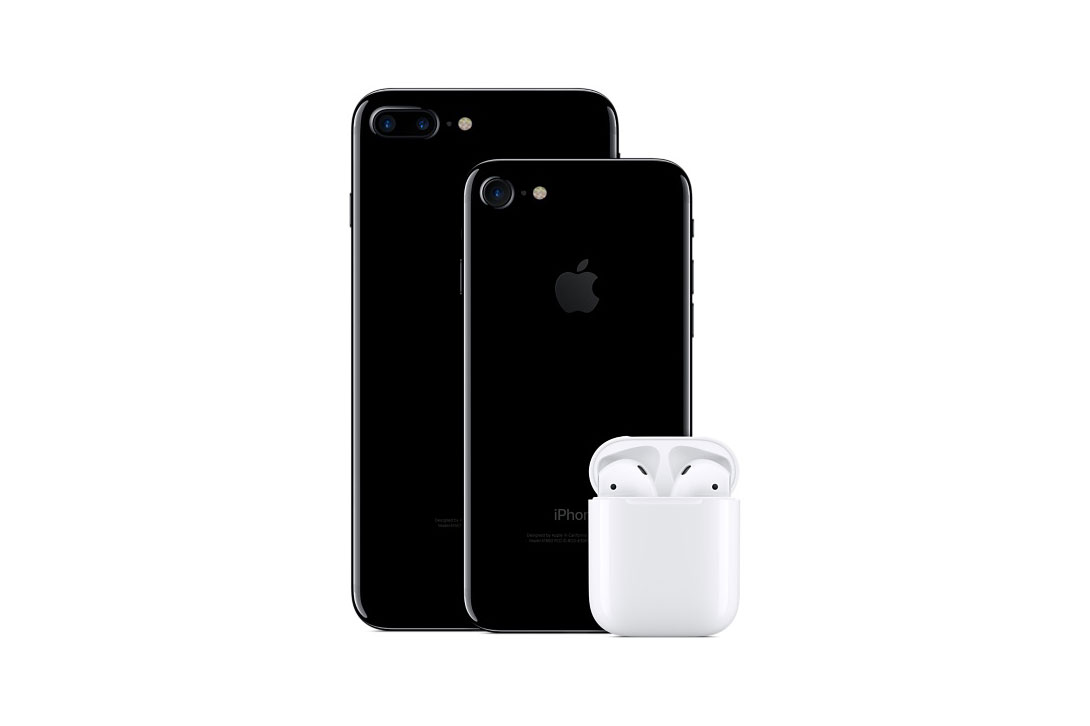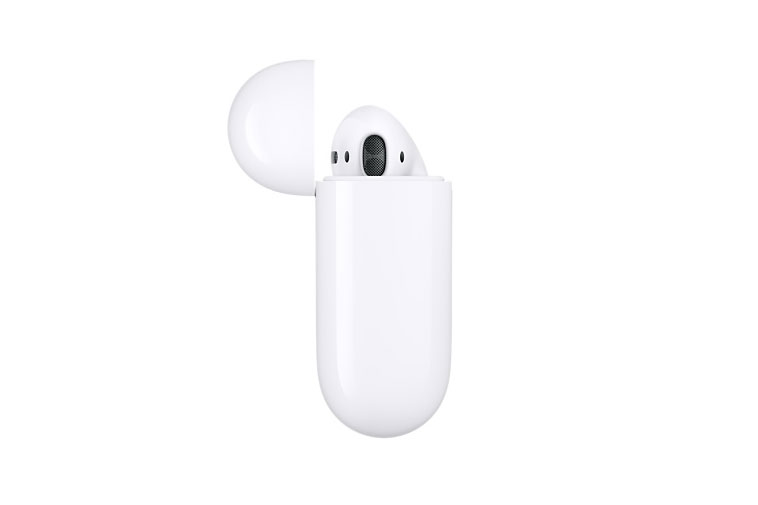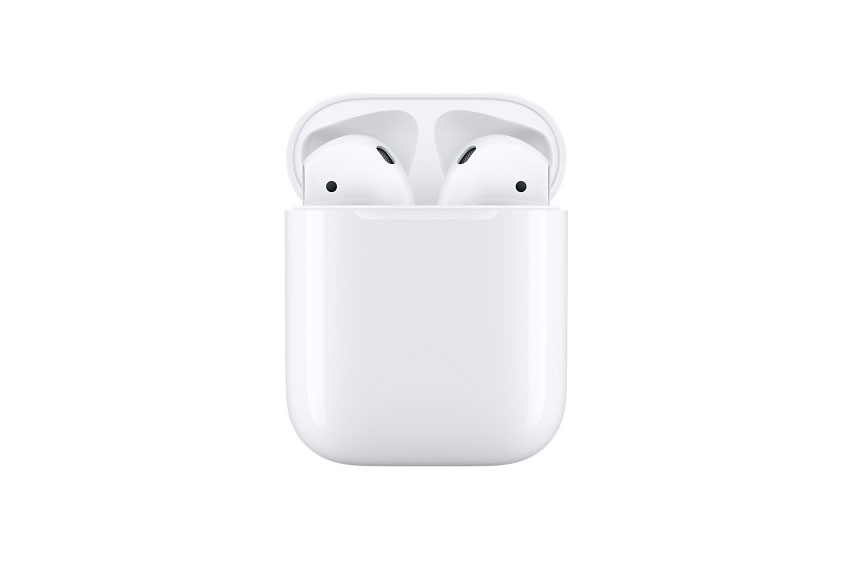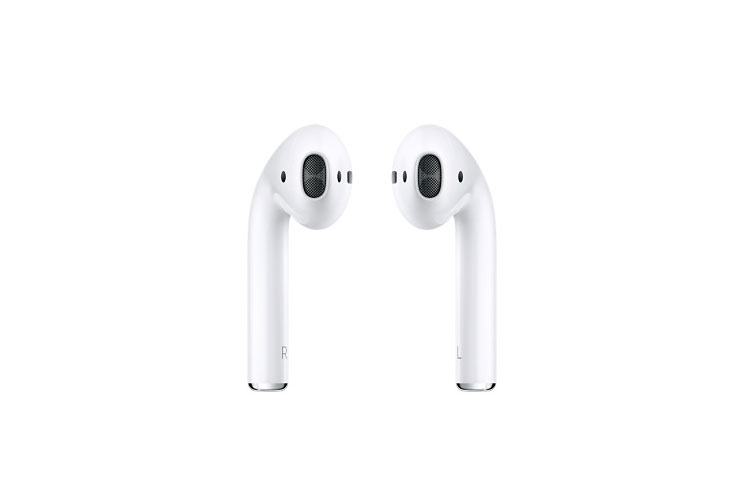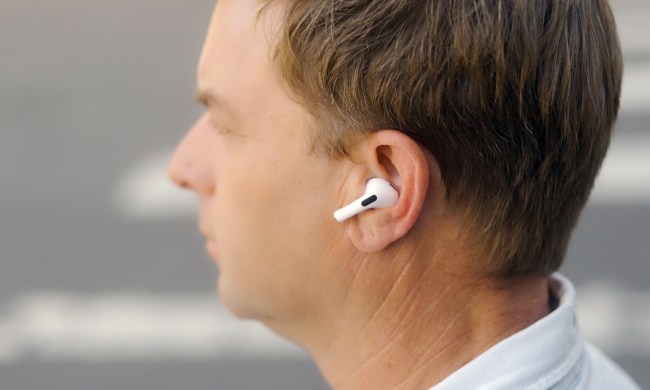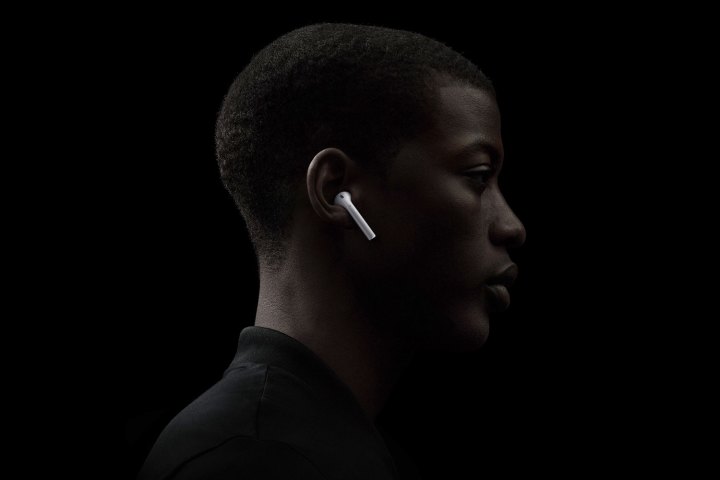
Price and availability
Apple’s Airpods are now available to order online for $159, and can also be purchased in person at any Apple Store.
The AirPods do not come bundled with any current iPhone models and they are fairly expensive at $160. But the price is actually well below many other fully wireless earbuds currently available, many of which start at $250. There are a few other options closer in price and function to Apple’s AirPods, notably Bragi’s The Headphone.
Heaven forbid you lose one of the earbuds but if you do, don’t worry. Apple will sell both earbuds individually.
The W1 chip
Apple wants to get rid of wires, and the W1 chip inside the AirPods helps get the company closer to that vision. It’s the brains of the AirPods and improves the efficiency for almost every function. It makes pairing with your iPhone faster and easier and it manages power better so you get longer battery life.
When pairing, all you need to do is open the carrying case for the AirPods, and if your iPhone is nearby, you will receive a notification asking if you want to pair the two. It is that simple.
The chip also makes wireless transference of your audio more efficient and that means the earbuds can get about five hours of playback time per charge.
The W1 chip is not only in the AirPods but also in several other Apple products like the Beats Solo3 Wireless, Powerbeats3 Wireless, and the Beats X. Even with the W1 chip, all these devices, including the AirPods, still use Bluetooth, meaning you will be able to pair them with non-Apple devices.
To pair with non-Apple devices, press the button on the carrying case.
The AirPods
Apple’s shower-head-shaped AirPods are still similar in design, comfort, and sound in comparison to the wired earbuds that came with previous iPhone devices.
Both earbuds have dual optical sensors that sense when they are in your ears to pause and play music, and there are dual-voice accelerometers that can detect when you are speaking. Each earbud for the AirPods is packed with two microphones, an antenna, a battery, and the W1 chip.
Since each earbud has all that tech, you can use one without the other — all audio will automatically be routed to the earbud you decide to use.
Once you pair the earbuds to your iPhone, it will automatically pair with your Apple Watch and Mac if they are running the latest software — watchOS 3 and macOS High Sierra, respectively.
Don’t expect great audio quality with the AirPods — wired headphones and earbuds are typically better in this regard. Still, wireless earbuds have been catching on for a while and they will only get better.
What else can the AirPods do?
Apart from listening to music, you can trigger Siri with a quick double-tap gesture on either of the earbuds. Unfortunately, the only way to change the volume for music is to ask Siri or use your phone. Asking Siri to do it will pause your music, which can be annoying.
If you don’t care for having Siri at your fingertips, you can set double-tap to simply play or pause music in the Bluetooth settings page. If you are getting a call, just tap once to answer.
The latest iPhone models may be waterproof, but that doesn’t mean the AirPods will be. They’re capable enough to prevent rain or sweat from ruining the device, in case you’re using the AirPods at the gym. But anything more than that may damage the earbuds.
Battery and charging
The downside with wireless earbuds is that you have to charge them — yep, yet another device to charge. The AirPods come with a carrying case that can charge your earbuds when you’re on the move. It can offer up to 24 hours of listening time, but the earbuds themselves will only have five hours of playback time per charge.
To charge both the case and the earbuds, all you need to do is plug in a Lightning charger to the case.
Those who are tired of cables will be happy to know that Apple announced the launch of an optional charging case for AirPods will come in 2018 — to go along with the company’s new AirPower system. The case features a single design change from the original, in that the LED charging indicator will move from the inside of the case to the outside so it can be monitored during wireless charging.
Update: Added news of AirPods’ optional wireless charging case.

